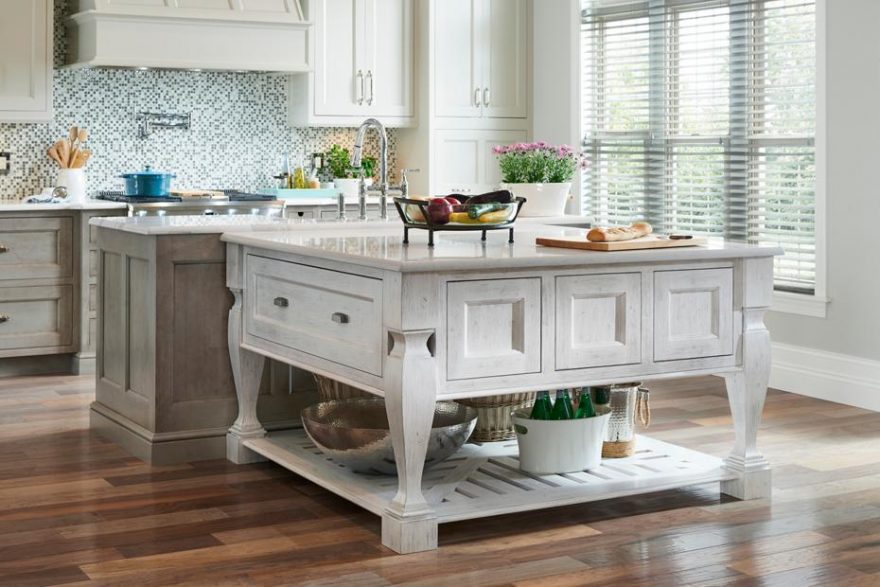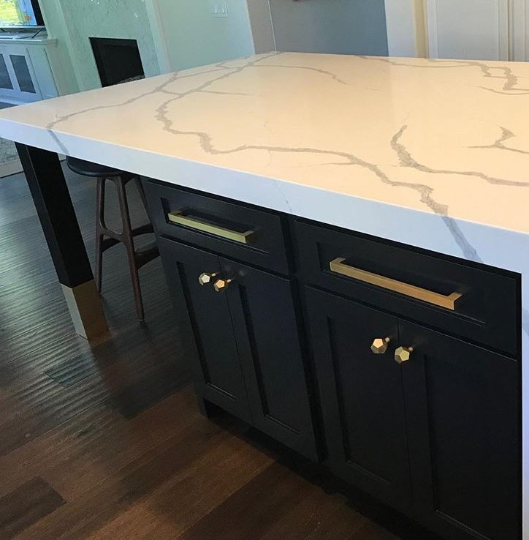Produce a Stunning Prime Focus with Elegant Legs For Kitchen Island
Produce a Stunning Prime Focus with Elegant Legs For Kitchen Island
Blog Article
Important Aspects to Think About When Picking Legs For Kitchen Island
Choosing the appropriate legs for a cooking area island entails a cautious evaluation of numerous variables that can dramatically affect both performance and aesthetic charm. As we check out these components, it becomes clear that each decision can have significant ramifications for the total kitchen area experience.
Material Options
When choosing legs for a kitchen area island, recognizing the different material choices is necessary for attaining both aesthetic charm and structural stability (Legs For Kitchen Island). The option of material considerably affects not just the sturdiness of the island yet additionally its general design and performance
Timber is a prominent selection, using warmth and versatility. Solid hardwoods, such as oak or maple, give stamina and can be stained or repainted to match the kitchen area decor. Metal legs, commonly made from stainless-steel or functioned iron, contribute a modern-day and commercial feeling while making certain toughness and stability. These products are resistant to use and can sustain significant weight, making them excellent for bigger islands.
One more option is crafted materials, like MDF or plywood, which can be extra cost-efficient while still using a series of finishes. Nevertheless, they might not provide the exact same degree of security as solid wood or steel. Last but not least, materials such as acrylic or glass can develop a modern look, though they may require extra assistance to ensure stability.
Inevitably, the option of material for kitchen area island legs ought to align with the desired capability and the overall theme of the kitchen.
Design And Style

When thinking about style, the shape and surface of the legs are vital. Tapered legs can give a sense of agility and beauty, while thicker, more robust legs can convey toughness and security. In addition, the surface-- be it painted, stained, or natural-- should complement the cabinetry and counter top materials to develop a unified appearance.
Moreover, the layout of the legs can likewise reflect individual preference. Custom or decorative legs, such as those including elaborate makings or special geometric shapes, can work as centerpieces, including personality and character to the cooking area. Inevitably, the right selection will not just enhance capability but likewise elevate the visual allure, making the cooking area island a standout attribute of the home.
Height Considerations
Picking the proper height for kitchen area island legs is critical, as it straight impacts both functionality and convenience. The common height for a kitchen island typically varies from 36 to 42 inches, straightening with usual kitchen counter heights.

It is likewise important to account for customers' heights and preferences. Personalizing the height can make certain a comfortable experience for all relative, making the kitchen island a much more useful important link and pleasurable room.
Weight Support
Making certain ample weight assistance for kitchen island legs is vital for both security and capability. The cooking area island usually serves numerous purposes, consisting of cooking, dining, and added storage space, requiring a durable assistance framework. When selecting legs, it is essential to consider the overall weight capacity required based upon the island's planned usage and the products that will be positioned on it.
The selection of material for the legs plays a substantial role in their weight-bearing capabilities. Solid wood, steel, and durable compounds normally supply remarkable stamina contrasted to lighter products. Furthermore, the style of the legs-- whether they are right, tapered, or have a pedestal form-- can affect their capability to disperse weight successfully across the framework.
Always seek advice from the supplier's specifications pertaining to load limits to make certain that the legs can maintain the desired weight without endangering security. In summary, selecting kitchen island legs with adequate weight assistance is crucial for producing a risk-free and functional culinary area.
Installment and Upkeep
Correct installation and upkeep of kitchen island legs are vital for ensuring durability and stability. This usually involves protecting the legs to the island base utilizing proper bolts, ensuring that the legs are level and lined up.
As soon as installed, regular maintenance is required to preserve the honesty and appearance of the legs - Legs For Kitchen Island. For wooden legs, routine cleansing with a wet cloth and application of suitable wood polish can prevent moisture damage and maintain their coating. pop over to this site Metal legs may need a gentle cleaning solution to get rid of oil and grime, adhered to by a dry towel to this content avoid corrosion formation
Additionally, check the legs consistently for indications of wear or damages, such as cracks or loosened joints. Tightening up screws or bolts as needed can likewise lengthen the lifespan of the legs. By sticking to these installment and maintenance techniques, property owners can make sure that their kitchen island remains tough and visually appealing for years ahead.
Verdict

Aesthetic coherence is critical in choosing the design and style of legs for a cooking area island, as these elements greatly affect the general atmosphere of the space. Tapered legs can supply a sense of agility and elegance, while thicker, more durable legs can communicate stamina and security.Selecting the suitable height for kitchen island legs is crucial, as it straight influences both capability and comfort. In recap, selecting cooking area island legs with ample weight support is important for producing a useful and secure culinary room.
In conclusion, picking legs for a cooking area island requires mindful factor to consider of numerous factors, consisting of product choices, style, elevation, weight support, and installation.
Report this page